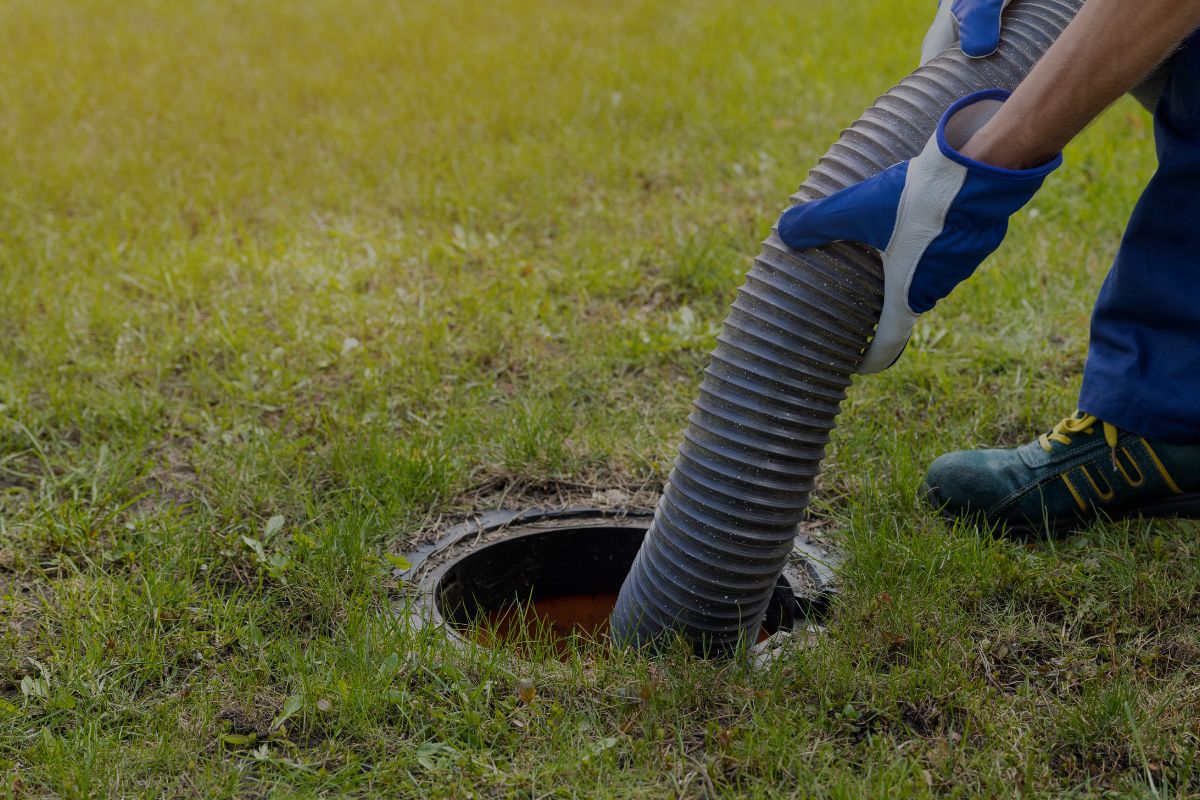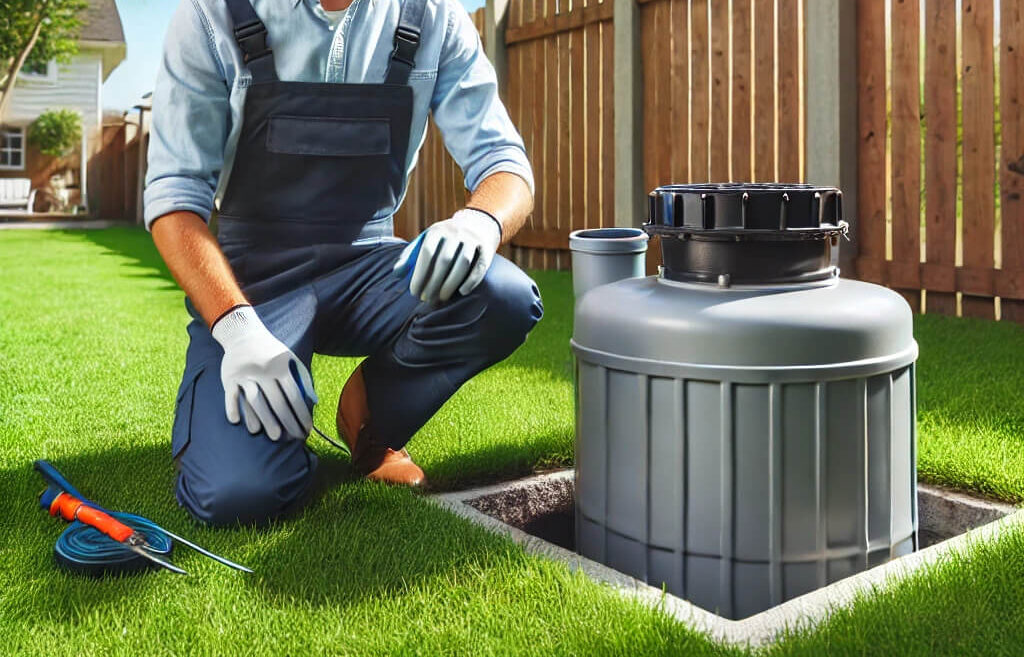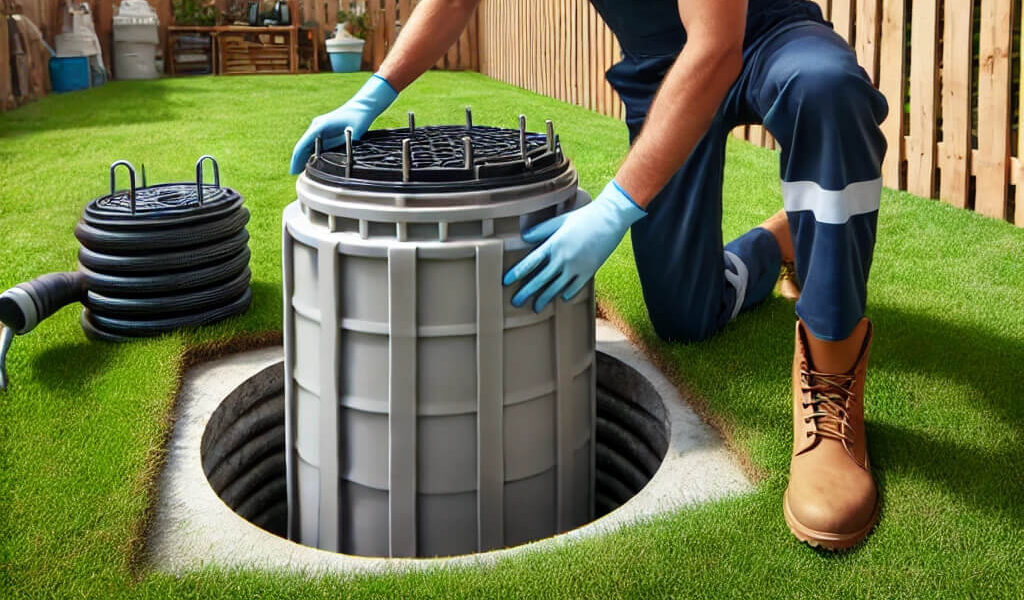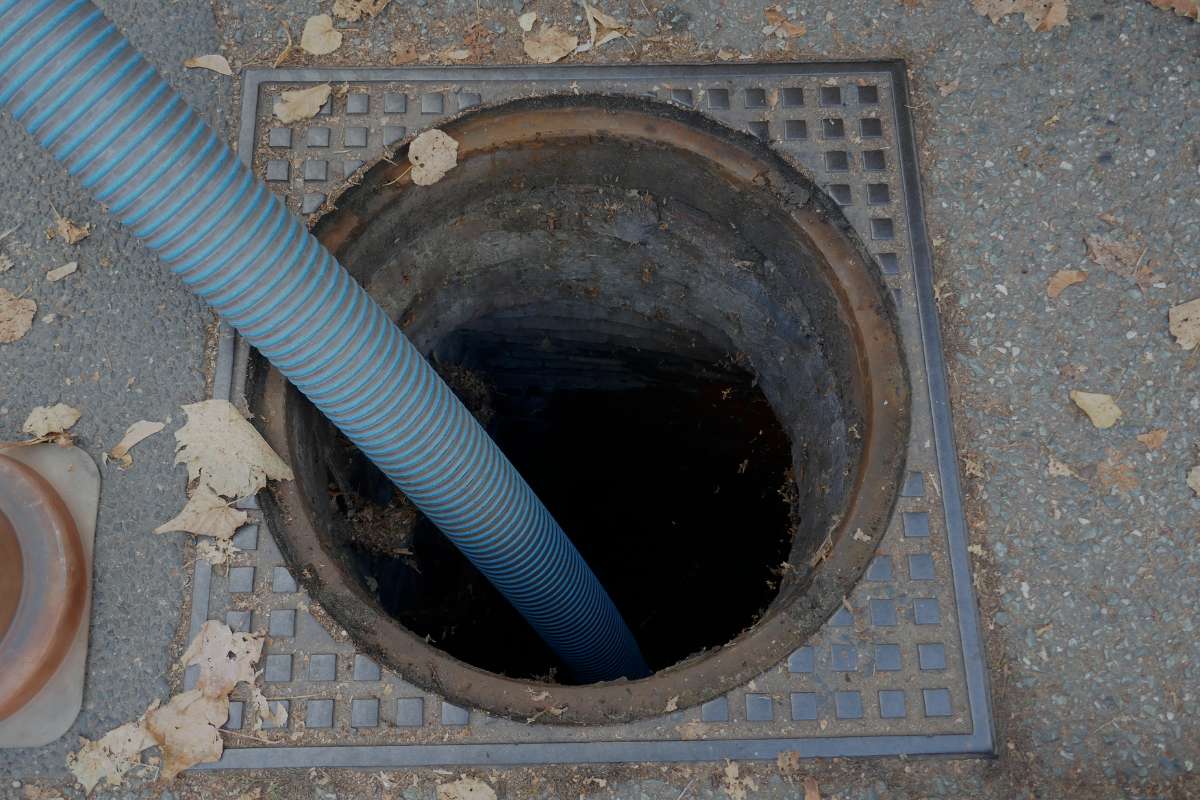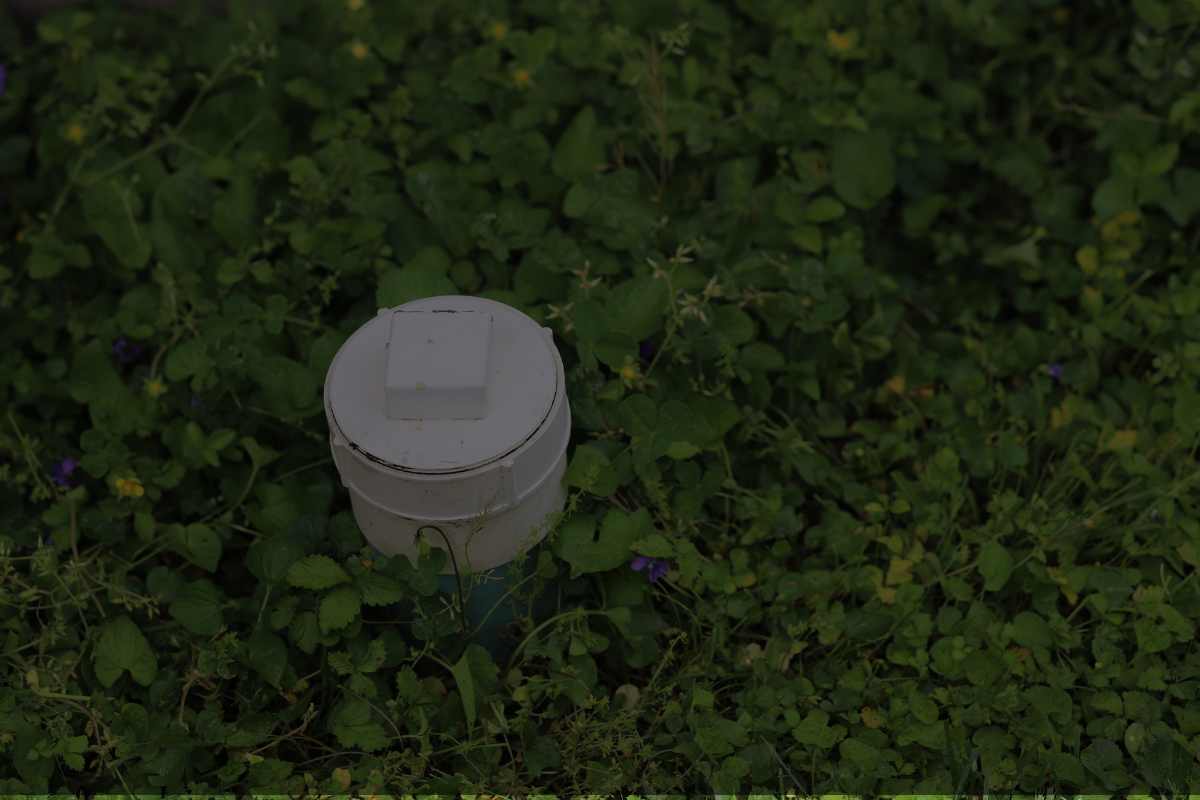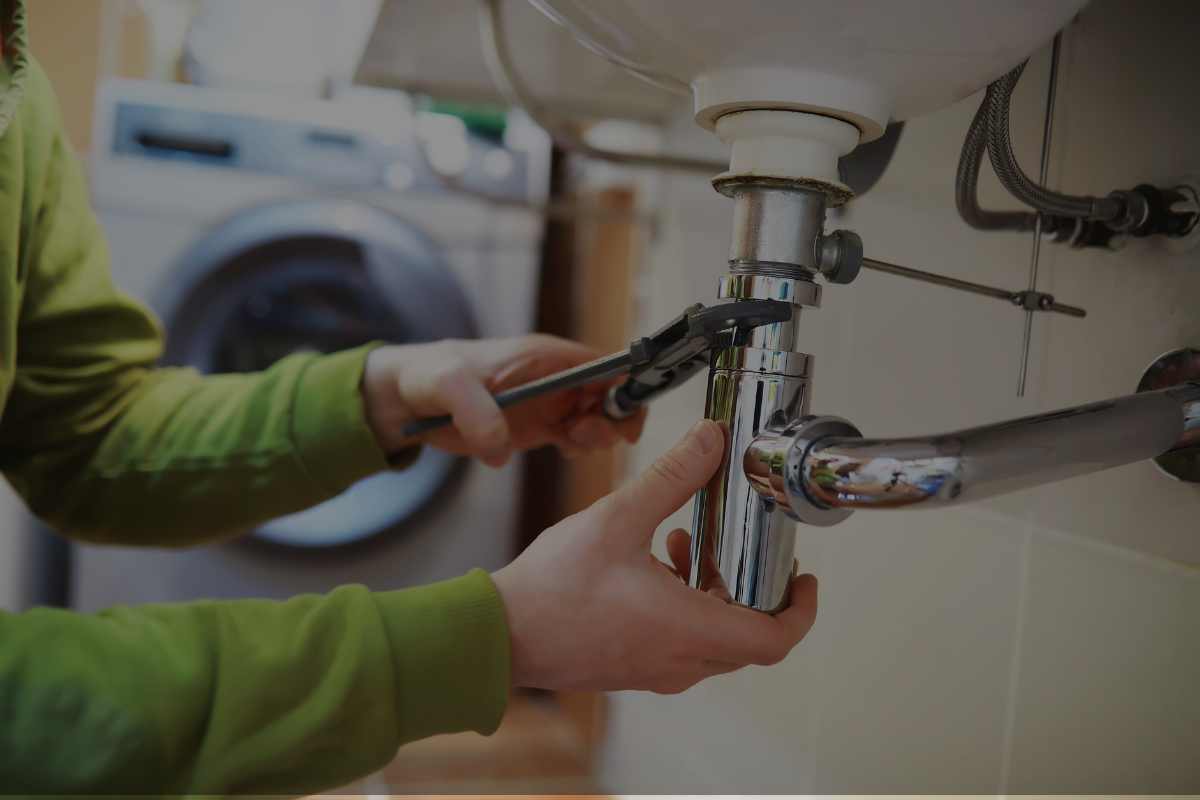Welcome to Septic Tank Pumping Bakersfield – your premier choice for top-quality septic tank services in Bakersfield! We are dedicated to providing exceptional service to ensure your septic systems function efficiently. With years of experience and a team of skilled professionals, we guarantee customer satisfaction. Call us today at +1 (661) 261-9627 for all your septic tank needs.
How to Avail Our Septic Tank Services in Bakersfield
- Contact Us: Call us at +1 (661) 261-9627 or visit our website to schedule an appointment.
- Consultation: Our experts will provide a thorough consultation to understand your needs.
- Inspection: We conduct a detailed inspection to assess the condition of your septic tank.
- Service Plan: Based on the inspection, we develop a customized service plan.
- Execution: Our team executes the plan efficiently, ensuring minimal disruption to your routine.
- Follow-Up: We follow up to ensure everything is functioning perfectly and answer any questions you may have.
At Septic Tank Pumping Bakersfield, we offer unique features such as 24/7 emergency services, eco-friendly solutions, and competitive pricing. We are committed to making the process as smooth and convenient as possible for you.
Why Choose Our Septic Tank Services in Bakersfield
Choosing Septic Tank Pumping Bakersfield means opting for the best. Here’s why:
- Quality Service: We use the latest technology and equipment to ensure high-quality service.
- Reliability: Our team is dependable, punctual, and dedicated to getting the job done right.
- Customer Satisfaction: We prioritize our customers’ needs and strive for 100% satisfaction.
- Experience: With years of experience, we have the expertise to handle any septic tank issue.
- Awards and Recognitions: We have been recognized for our exceptional service and commitment to excellence.
- Eco-Friendly Practices: We use environmentally safe methods to maintain your septic systems.
Who to Call For Septic Tank in Bakersfield
If you’re experiencing issues with your septic tank, you need a professional who can diagnose and fix the problem efficiently. Septic Tank Pumping Bakersfield is your go-to service provider. Our skilled technicians are equipped to handle all septic tank issues, ensuring your system runs smoothly. Trust us to provide reliable and effective solutions. Call us at +1 (661) 261-9627 today!
What People ask about Septic Tank Services in Bakersfield
What are the signs that my septic tank needs pumping?
Several signs indicate your septic tank needs pumping:
- Slow drains in your sinks, tubs, and showers.
- Unpleasant odors around your property.
- Standing water in your yard, particularly near the septic tank area.
- Gurgling sounds in your plumbing system.
Regular maintenance and timely pumping can prevent these issues. If you notice any of these signs, contact us immediately to schedule a service.
How often should I have my septic tank inspected?
It’s recommended to have your septic tank inspected every 3-5 years. Regular inspections help in identifying potential problems early and prevent costly repairs. During an inspection, our technicians check the sludge and scum levels, inspect the pipes and baffles, and ensure the tank is functioning properly. Routine inspections are essential for the longevity of your septic system.
What should I do if my septic system backs up?
If your septic system backs up, the first step is to stop using water to prevent further overflow. Contact Septic Tank Pumping Bakersfield immediately at +1 (661) 261-9627. Our emergency service team is available 24/7 to address urgent issues. Avoid using harsh chemicals or trying to fix the problem yourself, as this can worsen the situation. Our professionals will handle the backup safely and effectively.
Are there any products I should avoid using with my septic system?
Yes, certain products can harm your septic system. Avoid using:
- Harsh chemicals like bleach and drain cleaners.
- Non-biodegradable items such as wipes, diapers, and feminine hygiene products.
- Grease and oils, as they can clog the system.
Using septic-safe products helps maintain the health of your system. If you’re unsure about a product, consult our experts for advice.
How can I maintain my septic system?
Maintaining your septic system involves a few key practices:
- Regularly schedule pumping and inspections.
- Conserve water to reduce the load on your system.
- Dispose of waste properly and avoid flushing non-biodegradable items.
- Use septic-safe cleaning products.
Proper maintenance extends the lifespan of your system and prevents costly repairs. Contact us for a comprehensive maintenance plan tailored to your needs.
What are the costs associated with septic tank services?
The cost of septic tank services varies depending on factors such as the size of the tank, the complexity of the issue, and the services required. At Septic Tank Pumping Bakersfield, we offer competitive pricing and transparent quotes. Contact us for a detailed estimate based on your specific needs. We strive to provide affordable and high-quality service to all our customers.
Top Sights Nearby
- Kern County Museum: Explore the rich history of Bakersfield with exhibits and artifacts showcasing the area’s heritage.
- Buck Owens’ Crystal Palace: Enjoy live music and delicious food at this iconic venue dedicated to the country music legend.
- California Living Museum (CALM): A great spot for families, featuring native California animals and plants.
- The Park at River Walk: A beautiful park with walking trails, picnic areas, and scenic views of the Kern River.
- Bakersfield Museum of Art: Discover contemporary art and engaging exhibitions at this local museum.
- Fox Theater: Catch a live performance or movie screening at this historic theater in downtown Bakersfield.
Enjoy these attractions while we take care of your septic tank needs. With Septic Tank Pumping Bakersfield, you can have peace of mind knowing that your system is in expert hands. Contact us today at +1 (661) 261-9627 for reliable and professional septic tank services.

